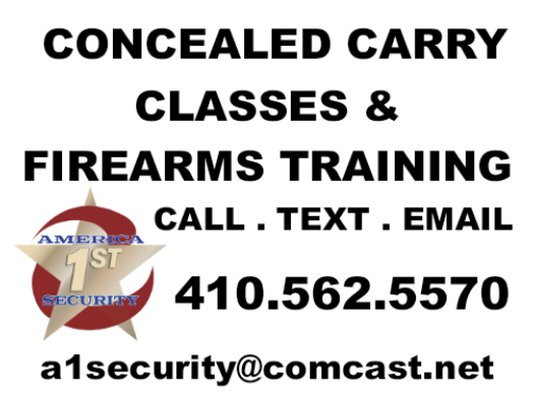j8064
Garrett Co Hooligan #1
Whoa, seems I've lit the fuse of a "resident reloading expert".
Frankly, I'll continue my due diligence of safe reloading in the future. That means understanding and knowing the reloaded rounds I build are safe and will perform as expected. That also includes what crimps and types that are necessary for the rounds I build.
I'll continue to base my reloading practices on the round, propellant, bullet, primer and the firearm in which my reload is intended.
Y'all can reload any way you want. But if you do not undersatand and employ fundamental safe reloading practices, please never fire any of your reloads near me, my family or my friends.
Beyond that...
Frankly, I'll continue my due diligence of safe reloading in the future. That means understanding and knowing the reloaded rounds I build are safe and will perform as expected. That also includes what crimps and types that are necessary for the rounds I build.
I'll continue to base my reloading practices on the round, propellant, bullet, primer and the firearm in which my reload is intended.
Y'all can reload any way you want. But if you do not undersatand and employ fundamental safe reloading practices, please never fire any of your reloads near me, my family or my friends.
Beyond that...


